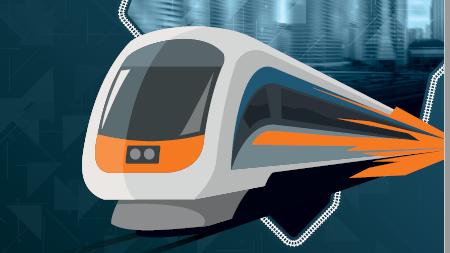Six months after the start of the pandemic caused by Covid-19, the subway, urban train and Light Rail Vehicle systems across Brazil still remain with low passenger demand. In the 3rd quarter/2020, the sector registered an increase of 27% in the volume of passengers, in relation to the previous quarter. Although the increase seems significant, in these seven months of the pandemic crisis the sector still continues to handle less than 50% of passengers normally expected. The data are part of the Balance Sheet of the Brazilian Railways Sector of the 3rd Quarter/2020 of the National Association of Passenger Rail Operators (ANPTrilhos), an entity that represents the Brazilian railroad operators.
Metro-rail systems ended the quarter showing a reduction of 54% in the number of passengers transported, in relation to the same period of the previous year. The maintenance of passenger demand at still very low levels is a reflection of the restriction/flexibility measures related to social isolation, which are still being adopted by state and municipal governments across Brazil.
In the accumulated result for the year, the sector presented a loss of 47% in the number of passengers transported, when compared to the first nine months of the year 2019. From January to September, metro-rail operators stopped transporting around 1.1 billion people.
Tariff collection remained at very low levels throughout the 3rd quarter/2020, due to the reduced demand generated by the pandemic, with a drop in box office revenue estimated at R$ 6.1 billion, from March to September/2020.
Click here and see the complete document of the Balance Sheet of the Brazilian metro-rail Sector of the 3rd Quarter/2020, in Portuguese.





